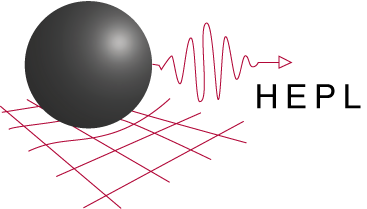News & Events
HEPL-KIPAC Seminar
Monday, July 30, 2012
Michael Savina
Group Leader, Materials Science Division
David - PJCC scheduled February 5, 2013 from 4:00 PM to 5:00 PM
Stardust Memories: Hands-on Nuclear Astrophysics via Isotopic Studies of Stardust Grains
Abstract: Stardust is a ubiquitous component of the Milky Way galaxy. Produced during stellar death throes, each tiny grain contains elements and isotopes that were synthesized by nuclear reactions during the star's lifetime. While the vast majority of local stardust grains were destroyed during the formation of the Solar System, a few have survived and provide an extraordinary opportunity to study stellar material in the laboratory. I will review the history of stardust research in the laboratory, and show our results on heavy elements in individual grains using Resonance Ionization Mass Spectrometry. The isotopic compositions of elements such as molybdenum, zirconium, and barium give us insights into nuclear processes that occurred in stars that lived and died before the Solar System formed. The grains show clear signatures of neutron capture reactions, and place constraints on the parent star's mass and composition, as well as grain formation mechanisms in stellar outflows.
Bio: Not Available
Time: 4:00pm – 5:30pm
Location: Physics and Astrophysics Conference Room 102/103
Light refreshments available 4:00pm; Presentation begiins 4:15pm
Open to All


